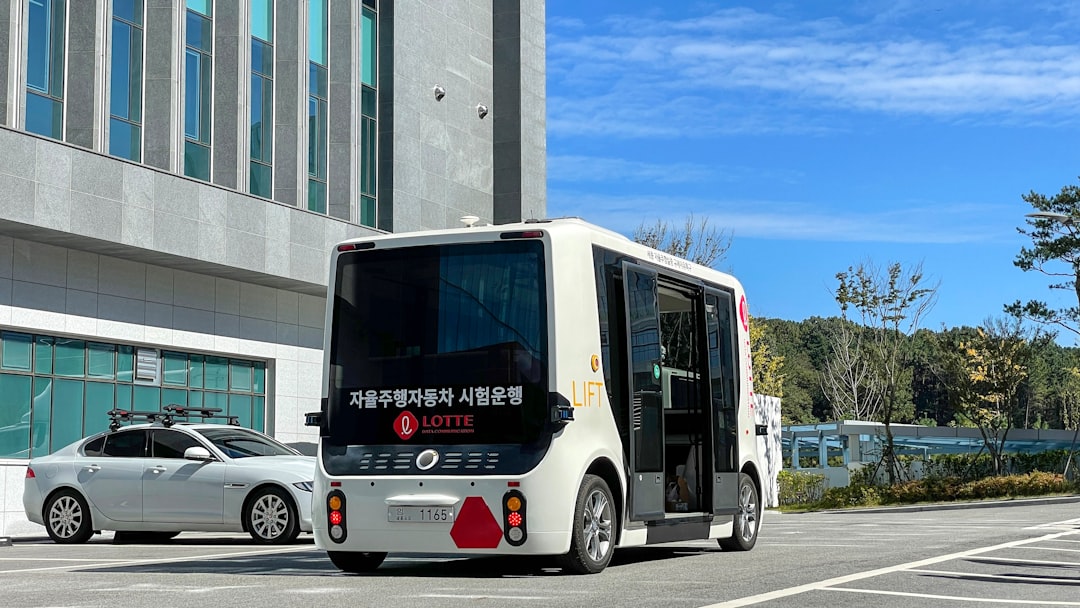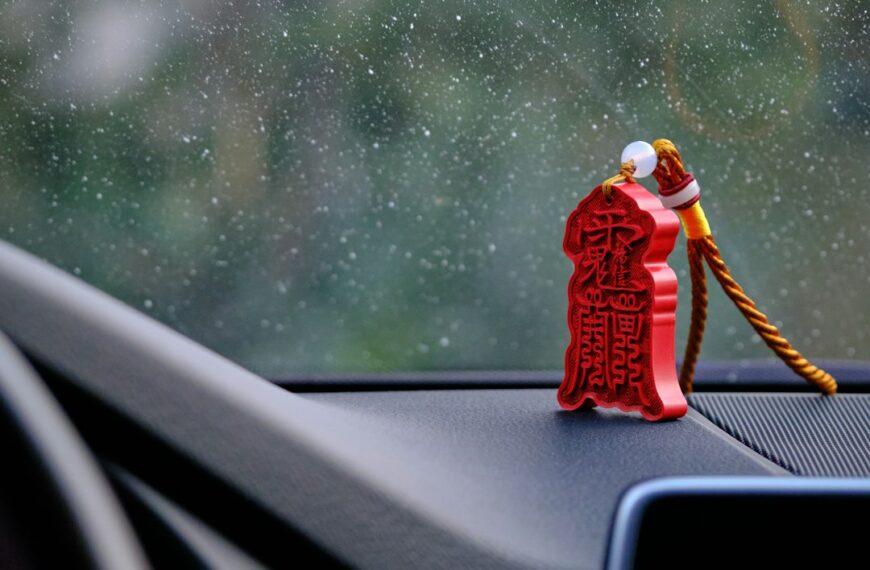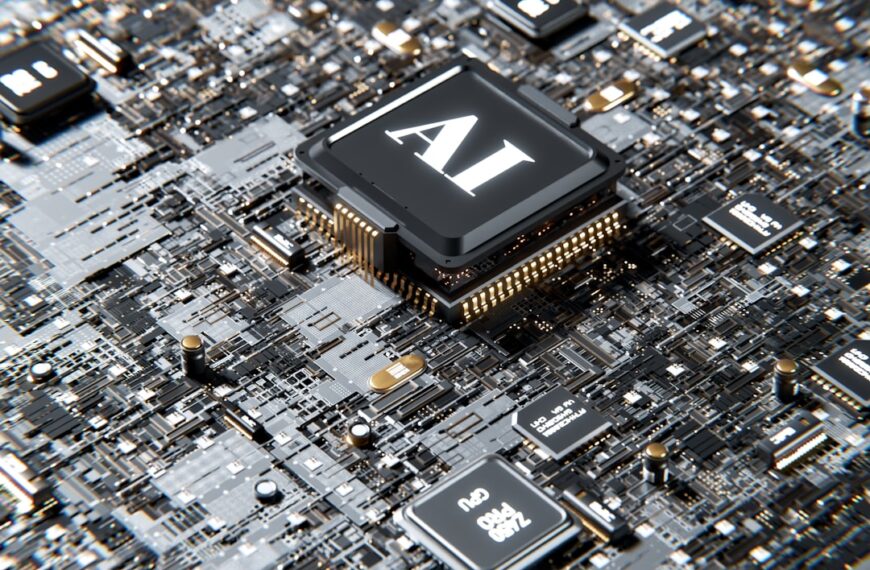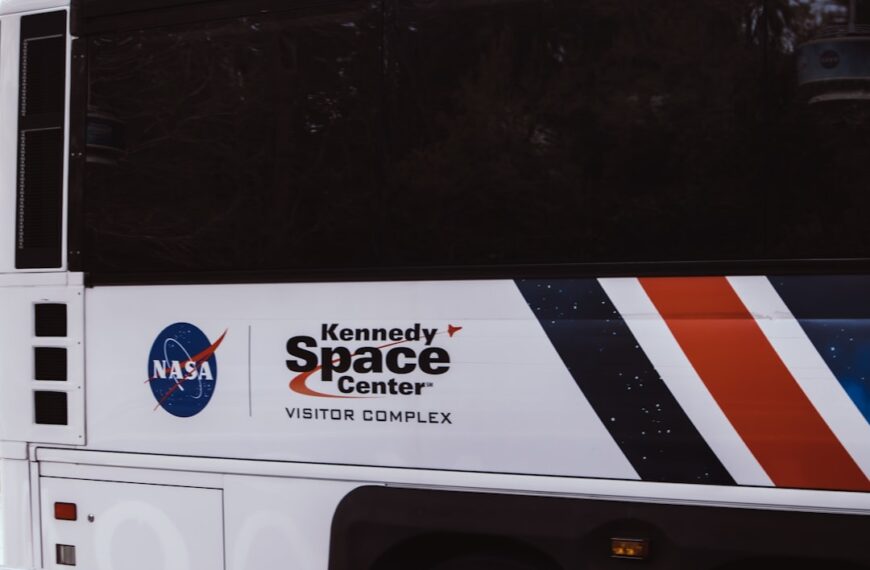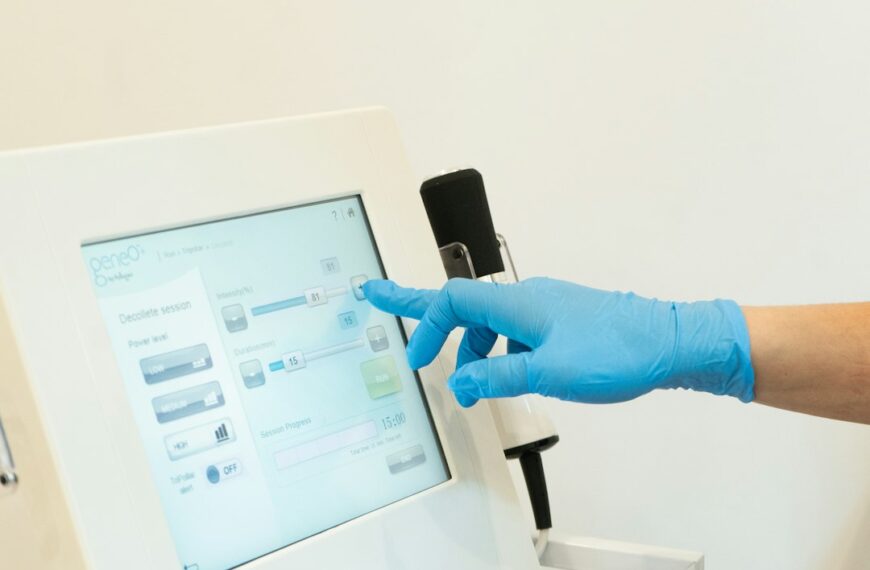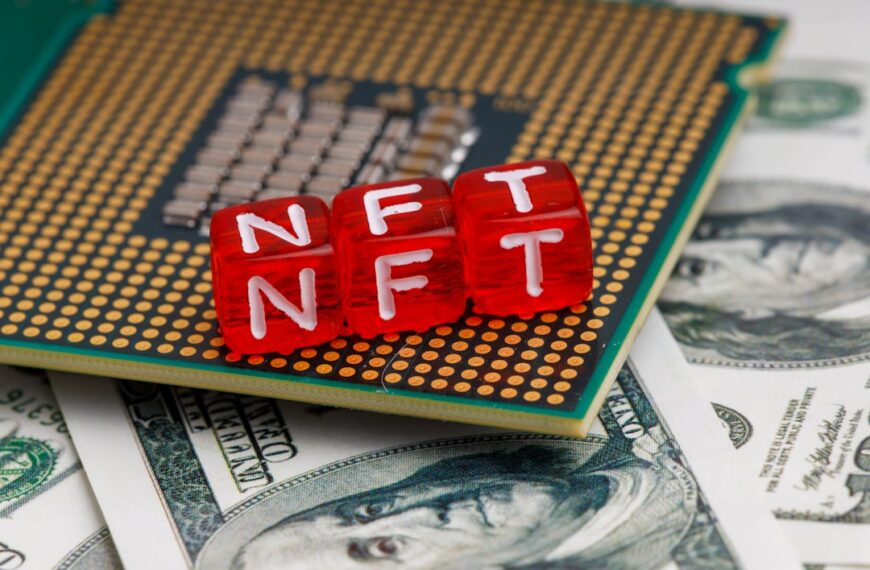The advent of self-driving cars promises a future of safer, more efficient transportation. However, this futuristic vision crashes head-on into a complex and largely unresolved issue: liability. When a self-driving car is involved in an accident, who is to blame? The manufacturer? The software developer? The owner? The passenger? This question, currently lacking a clear and universally accepted answer, presents a significant hurdle to the widespread adoption of autonomous vehicles.
Traditional car accident liability is relatively straightforward. In most cases, fault is assigned to the driver based on negligence or violation of traffic laws. But self-driving cars operate differently. They rely on complex algorithms, sensor data, and intricate systems that interact in unpredictable ways. Determining the precise cause of an accident, and therefore assigning liability, becomes exponentially more challenging.
Consider a scenario where a self-driving car fails to stop at a red light, resulting in a collision. Was it a software glitch? A sensor malfunction? Was the car’s programming inadequate for the specific circumstances? Or did external factors, such as unexpected road conditions or the actions of another driver, contribute to the accident? Unraveling these complexities requires a deep technical understanding far beyond the capabilities of most legal professionals.
The legal framework is struggling to keep pace with technological advancements. Existing laws and regulations are ill-equipped to handle the unique challenges posed by autonomous vehicles. There’s ongoing debate about whether manufacturers should be held strictly liable for any accidents involving their vehicles, regardless of fault. Some argue that this approach would incentivize manufacturers to prioritize safety and invest in robust testing and development. Others contend that it would be unfair to hold manufacturers liable for accidents caused by external factors or user error.
Insurance companies also face a significant dilemma. How do they accurately assess risk and determine appropriate premiums for self-driving cars? The absence of clear liability rules makes it difficult to predict the frequency and severity of accidents, leading to uncertainty in the insurance market.
Addressing the “crash of liability” requires a multi-faceted approach. This includes developing clearer legal frameworks that specifically address the liability of autonomous vehicles, investing in robust testing and safety protocols for self-driving technology, and fostering collaboration between manufacturers, regulators, and the legal community. Until these issues are resolved, the full potential of self-driving cars will remain unrealized, hampered by the considerable uncertainty surrounding who bears the responsibility when things go wrong. The road to autonomous driving is paved with technological innovation, but the legal landscape must catch up to avoid a complete breakdown.
